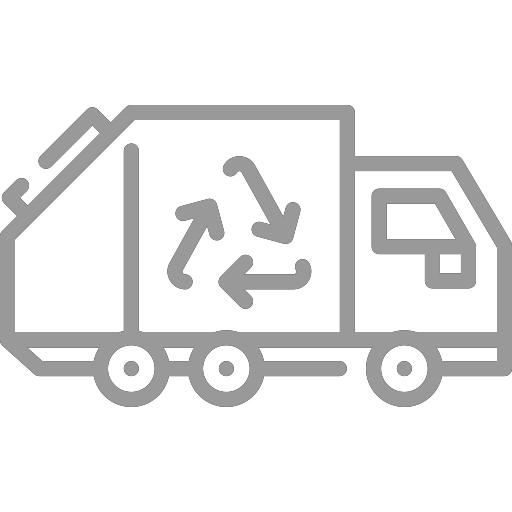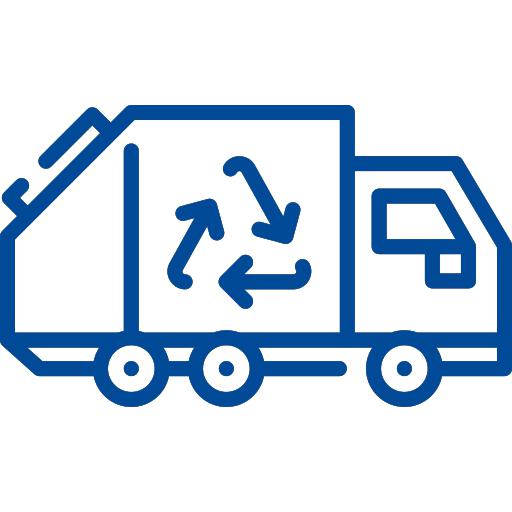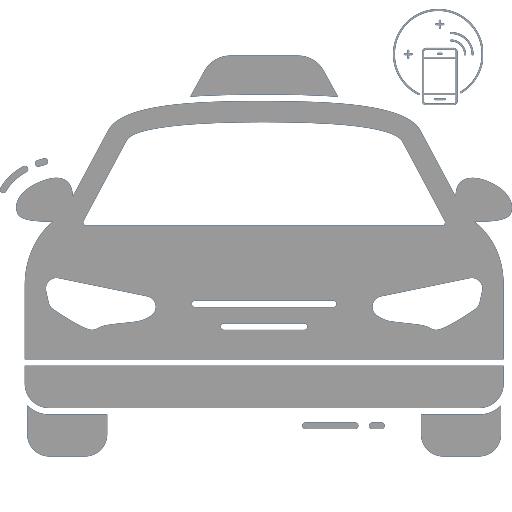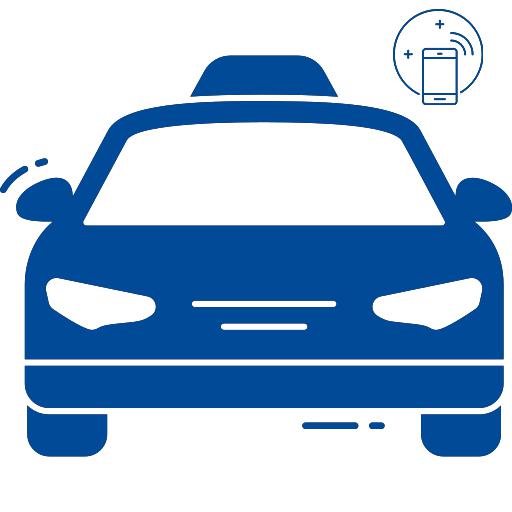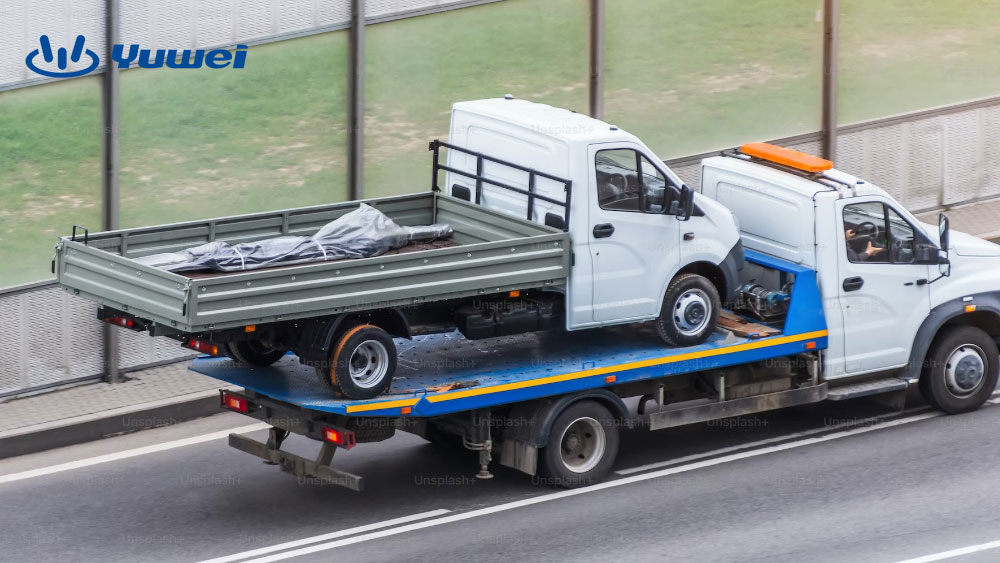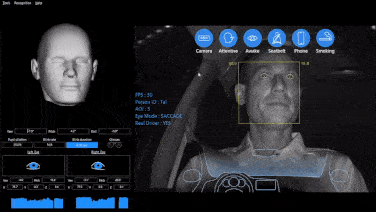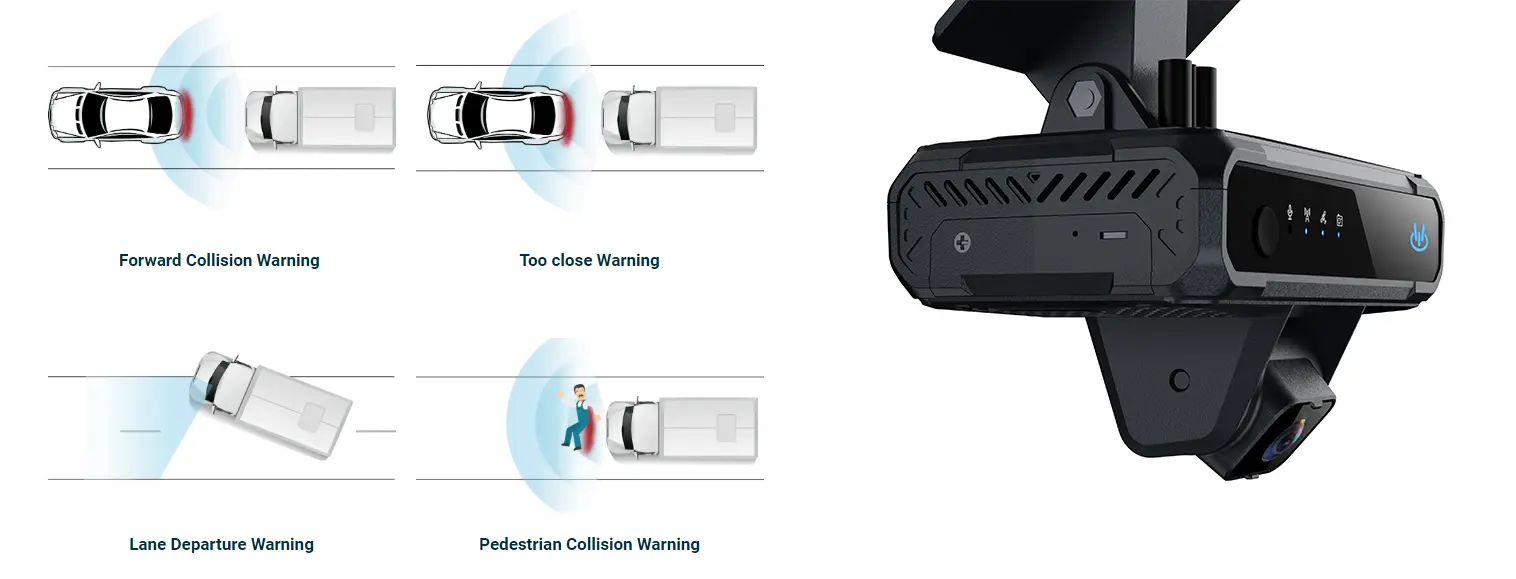Lighter vs. Fuse Box: Best for Dash Cam?
Lighter vs. Fuse Box: Best for Dash Cam
If you are a fleet owner, you might be concerned about powering dash cams for maximum power efficiency while preventing battery drain. Here, we discuss the pros and cons of using a lighter socket versus a fuse box and share practical tips to help you install your dash cam correctly.
Two Power Options for Dash Cams
1. Lighter Socket
- Usually located in the central console or dashboard, it powers devices like phone chargers.
- Pros: Easy to use and convenient.
- Cons: May not provide stable power and can drain the battery when the car is off. For temporary setups, a cigarette lighter camera can be a quick solution but lacks stability for long-term use.
2. Fuse Box
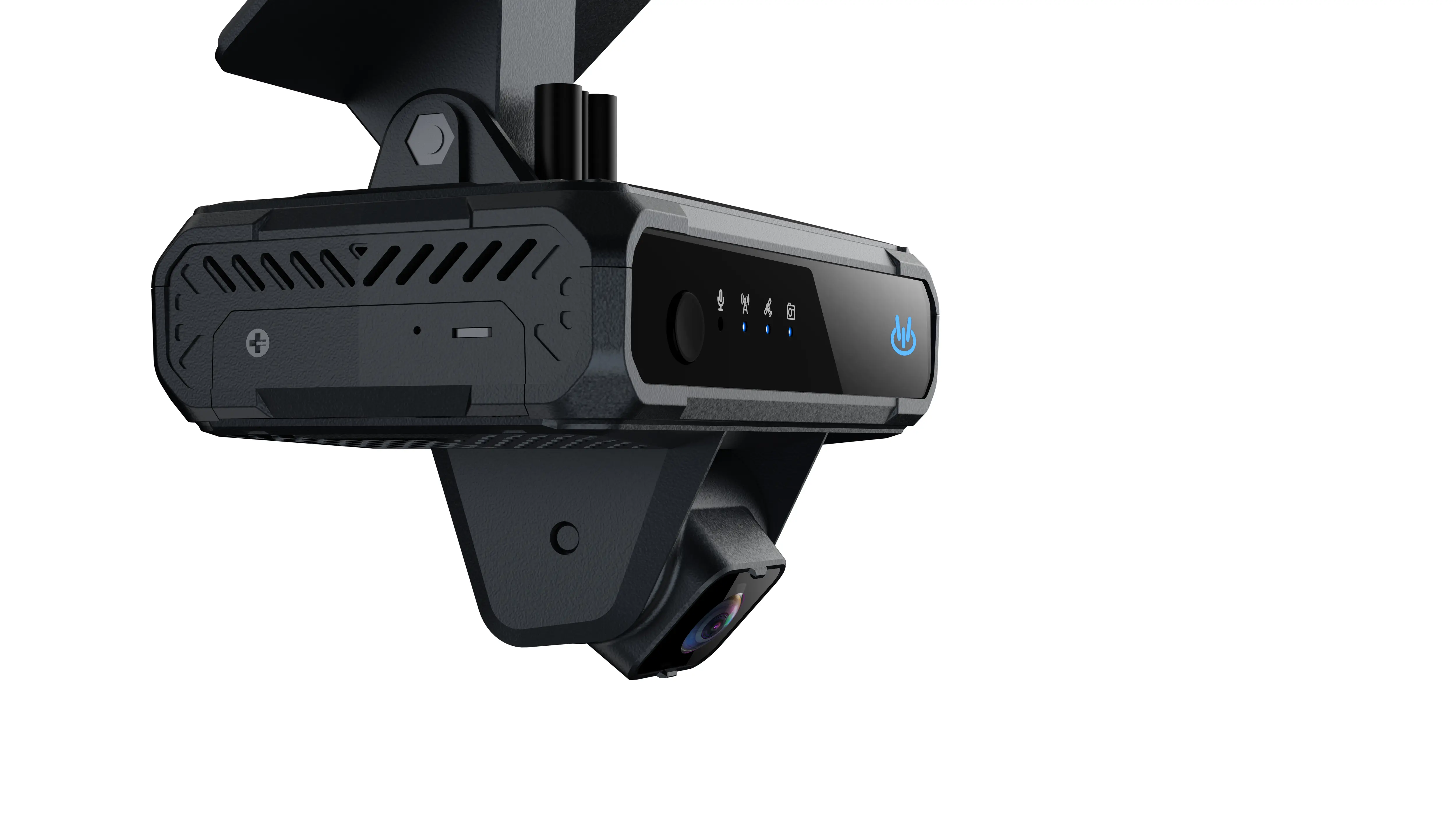
- Found in the engine bay or interior panel, it manages the car's electrical components.
- Pros: Using a dashcam hardwire kit allows the dash cam to operate only when the car is on, preventing battery drain.
- Cons: Installation is more complex and may require professional help.
Lighter Socket vs. Fuse Box
- Lighter Socket: Suitable for temporary use, easy to install, but less reliable and stable. If using a cigarette lighter box, ensure it is compatible with your dash cam for optimal results.
- Fuse Box: Ideal for long-term use, safer and more efficient with a hard wire dash cam kit, especially for fleet management.
5 Tips for Connecting a Dash Cam to a Fuse Box
1. Choose the Right Fuse
- Use fuses labeled “ACC” or “Accessory” to ensure the dash cam only draws power when the car is on. Avoid "Constant" or "Battery" fuses to prevent continuous power consumption. A proper dash cam with hard wire kit often includes detailed instructions for selecting the right fuse.
2. Use a Hardwiring Kit
- A dashcam hardwire kit connects the dash cam directly to the electrical system, ensuring it doesn't drain the battery when the vehicle is off.
3. Select the Proper Mounting Location
- Install the camera in a spot with a clear view, away from the driver’s line of sight, and ensure it is securely fixed to avoid loosening during driving.
4. Check Voltage Compatibility
- Confirm the voltage requirements of your dash cam and ensure compatibility with the car’s electrical system. A reliable hard wire dash cam kit typically includes voltage regulators for this purpose.
5. Consider Professional Installation
- If unsure about the process, hire a professional to ensure proper connection.
Advantages of YUWEI IoT
- Offers innovative driver monitoring and vehicle tracking solutions to optimize fleet management.
- Over 20 years of experience in the IoT/IoV industry, providing globally connected IoT SIM solutions and customized services (OEM/ODM/OBM).
- Serves multiple industries, enhancing operational efficiency for fleets.
By following these methods and leveraging tools like a dash cam with hard wire kit, you can ensure reliable dash cam performance, prevent battery drain, and enjoy more efficient fleet management.

















